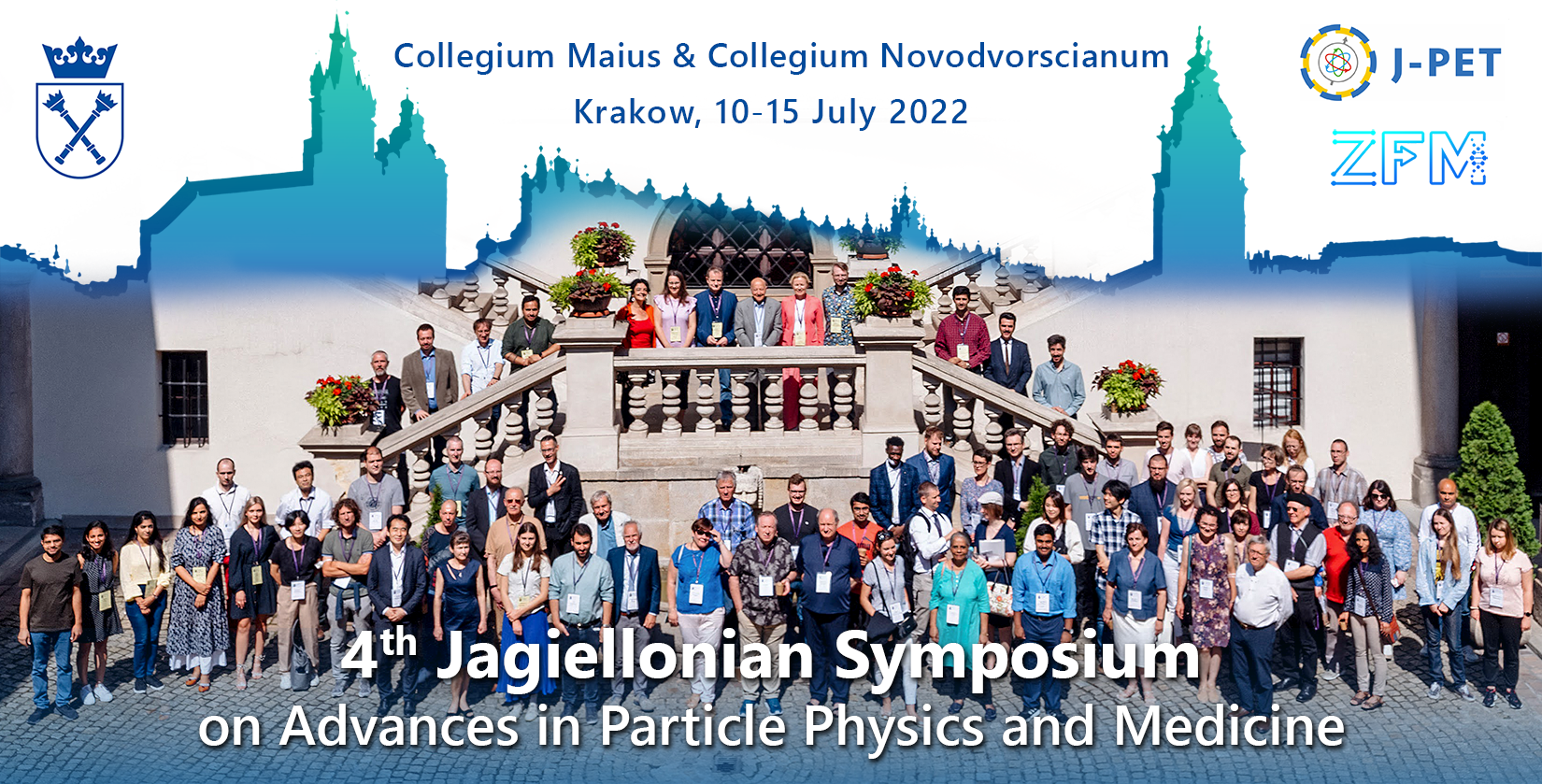Speaker
Description
G. El Fakhria, J. Álamo i, J. Barberái, J.M. Benllochi, G. Borghib, R. Dolenecc,d, J. M. Fernández-Tenlladoe, D. Gascóne, S. Gómezf,e, A. Golab, K. Grogga, D. Gubermane, S. Korparg,d, P. Križanc,d, S. Majewskih, R. Manerae, T. Marina, A. Mariscal-Castillae, J. Mauricioe, S. Merzib, C. Morera i, M. Oreharc, G. Pavóni M. Pennab, R. Pestotnikd, G. Razdevšekc, H. Sabetha, A. Seljakd, A. Studenc,d
aGordon Center for Medical Imaging and Harvard Medical School, Boston, MA 02114, United States,
bFondazione Bruno Kessler, 38123 Povo TN, Italy,
cFaculty of Mathematics and Physics, University of Ljubljana, Ljubljana, Slovenia,
dJožef Stefan Institute, Ljubljana, Slovenia,
eDept. Física Quàntica i Astrofísica, Institut de Ciències Del Cosmos (ICCUB), University of Barcelona (IEEC-UB), Barcelona, Spain,
fSerra Húnter Fellow, Polytechnic University of Catalonia (UPC), Barcelona, Spain,
gFaculty of Chemistry and Chemical Engineering, University of Maribor, Maribor, Slovenia,
hUniversity of California Davis, Davis, CA 9b616, United States of America,
iOncovision, Valencia, Spain
The paradigm shift in medicine from treatment of acute and/or advanced disease to very early diagnosis and even prevention in cancer, neurodegenerative as well as cardiac fields, puts more stringent requirements on PET imaging both in terms of sensitivity as well as specificity. Likewise, recent developments in Targeted Radionuclide Therapy (TRT) where theragnostic pairs are used to tailor a personalized treatment in terms of dose using PET initial imaging and subsequent alpha or beta emitting radionuclides have introduced a clear and urgent need for more widespread and accurate PET imaging. Standard clinical scanners are sub-optimal both in terms of cost that, limit widespread use, as well as performance. Standard clinical PET scanners use sets of tightly arranged rings of detector modules, consisting of scintillation crystals optically coupled to light sensors with readout electronics. They cover only a limited solid angle, and just a small few percent fraction of the positron decays is registered. Novel long axial PET scanners with axial field of view offer a very attractive solution to many of the challenges detailed above, especially in terms of increased sensitivity and enabling fast dosimetry and biodistribution for pharmacokinetic studies, that will pave the way to personalized TRT. However, these scanners pose significant challenges both financially and logistically. In this talk we present a joint effort between JSI-Ljubljana, FBK-Trento, Univ-Barcelona, Oncovision and MGH-Harvard-Boston to address these challenges using fast coincidence timing resolution. On the front electronics, our challenge is to develop a low-noise, high-dynamic-range ASIC with a time resolution of 20 ps or better, and with on-chip time-to-digital converter (TDC). To achieve sub-100 ps CTR we intend to explore 2.5 D integration with the photo-sensor. Recent advances in Time-of-flight (TOF) PET technology afford a rare opportunity to improve signal-to-noise-ratio (SNR) without increasing the cost associated with axial coverage by resorting to very sparse angular coverage of the patient and long axial field coverage (>1m). This would yield affordable long axial PET scanners with increased sensitivity that can enable full body pharmacokinetics and pharmacodynamics.

